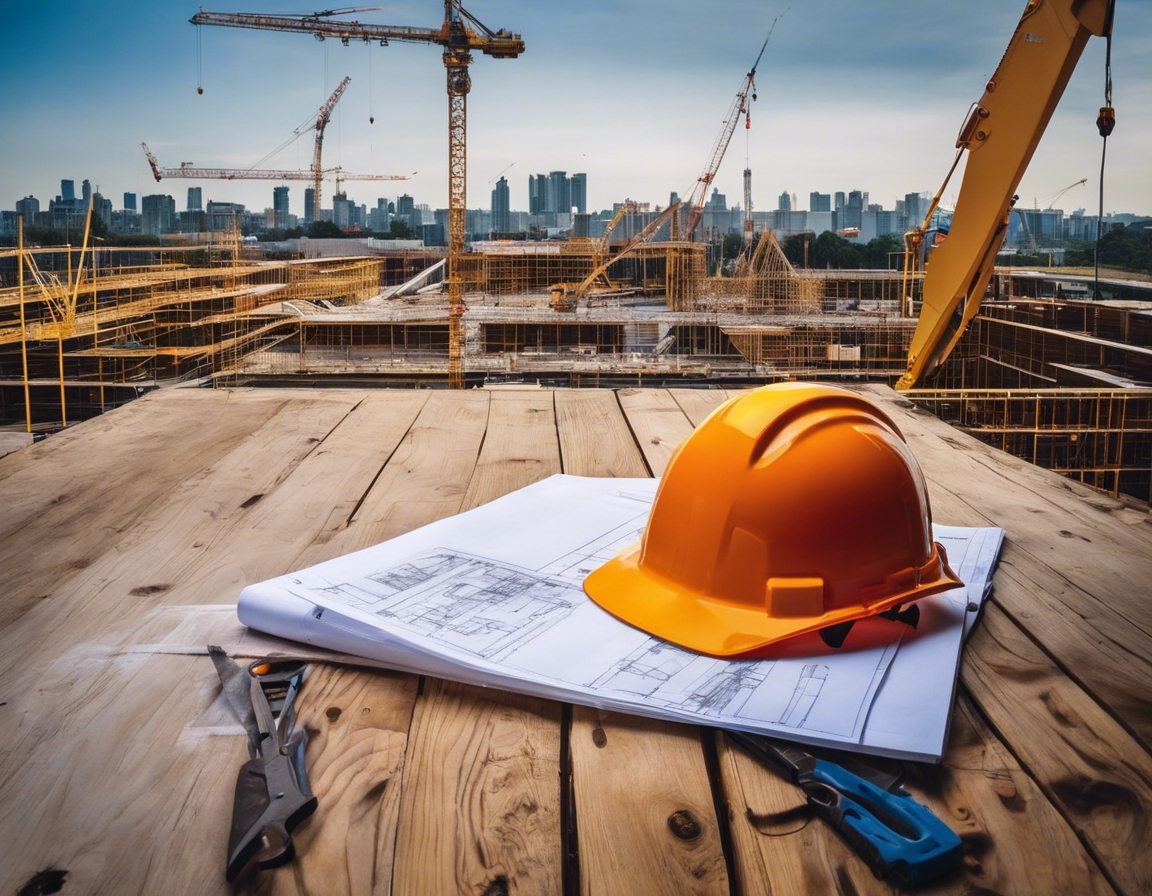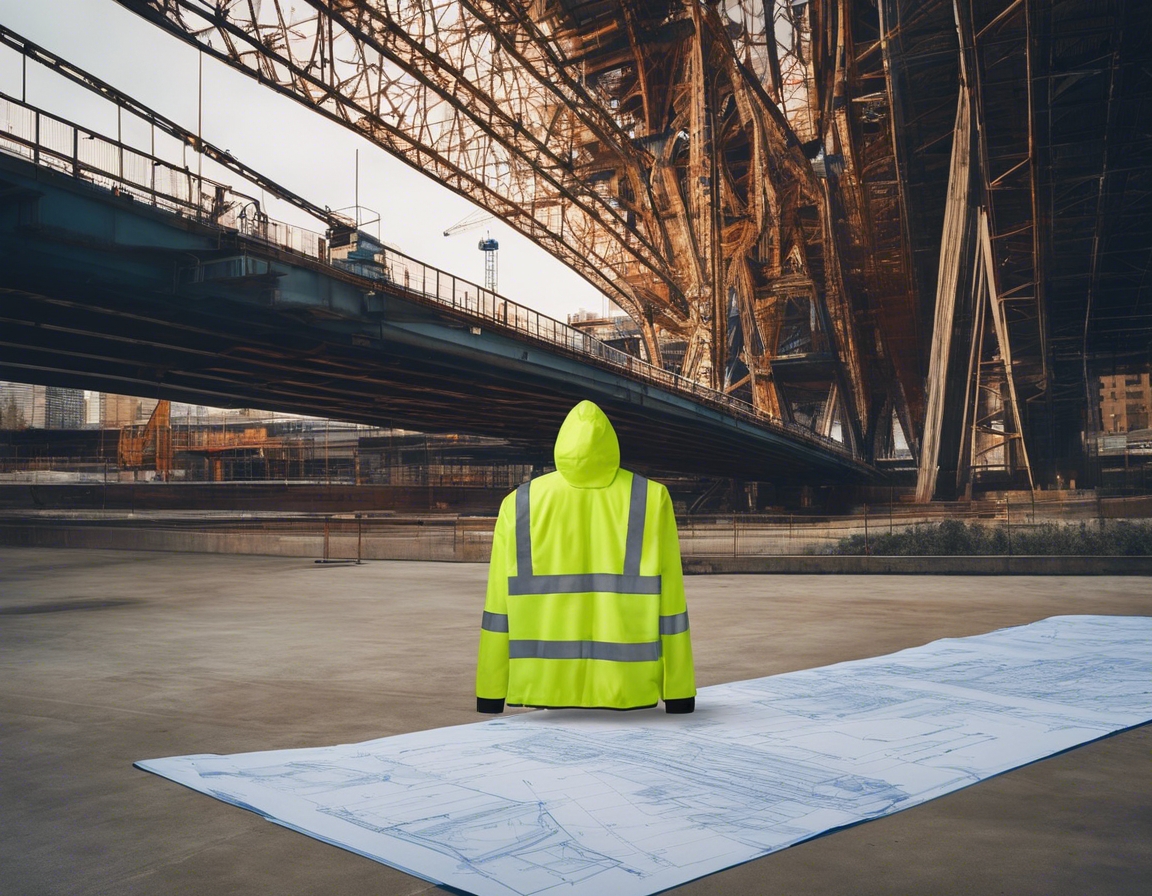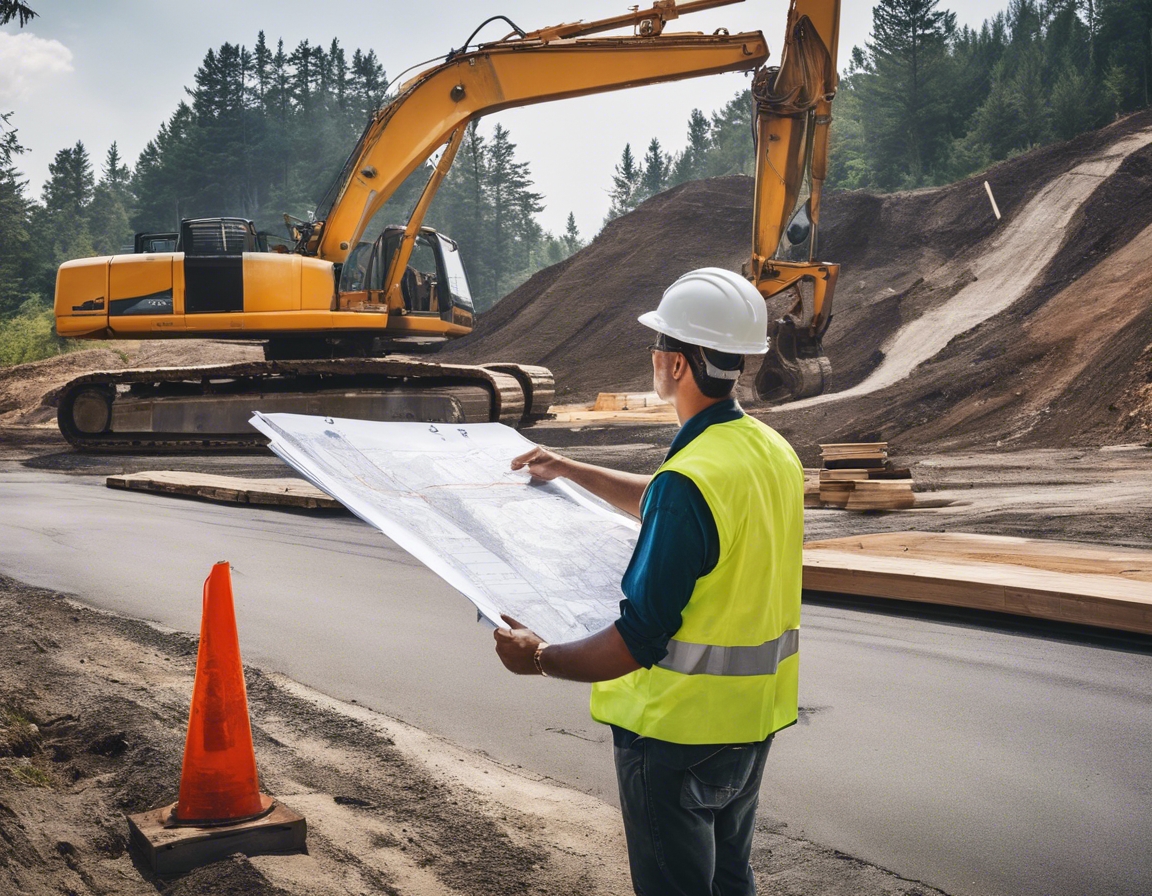Integrating technology in modern construction
The construction industry is undergoing a significant transformation, with technology at the forefront of this change. As we embrace the digital era, integrating technology into construction processes is no longer a luxury but a necessity for staying competitive and meeting the evolving demands of the industry.
From the use of simple tools to the adoption of complex software and machinery, the construction industry has always evolved alongside technological advancements. Today, we are witnessing a new wave of digitalization that is reshaping the way we design, build, and maintain structures.
Technological integration in construction addresses various challenges such as project complexity, tight schedules, labor shortages, and the increasing demand for sustainable practices. It enables stakeholders to work more efficiently, reduce waste, and deliver projects that are both high-quality and environmentally conscious.
The Pillars of Technology in Modern Construction
Building Information Modeling (BIM) is a digital representation of the physical and functional characteristics of a facility. BIM facilitates a more collaborative approach to design and construction, allowing for better coordination, simulation, and visualization of projects.
3D printing and modular construction are revolutionizing the way buildings are created. These technologies enable the prefabrication of components off-site, which can then be assembled quickly on-site, reducing construction time and improving quality control.
Smart materials are engineered to respond to environmental changes, improving the sustainability and efficiency of buildings. Examples include self-healing concrete, thermochromic windows, and photovoltaic glass.
Automation and robotics are increasingly being used to perform repetitive and dangerous tasks, improving safety and efficiency on construction sites. Drones, for instance, are used for site surveying and monitoring progress.
The Internet of Things (IoT) connects various components of a construction project, enabling real-time data collection and analysis. This leads to better decision-making, predictive maintenance, and resource management.
VR and AR technologies are used for immersive project visualization, allowing stakeholders to experience a building before it's built and to identify potential design and construction issues early on.
Challenges and Considerations
While the benefits of technological integration are clear, the initial investment can be significant. Companies must weigh the long-term advantages against the upfront costs.
Adopting new technologies requires a skilled workforce. Ongoing training and development are essential to ensure that employees are proficient in the latest construction technologies.
With the increased use of digital tools, data security and privacy become paramount. Companies must implement robust cybersecurity measures to protect sensitive information.
As technology advances, so do the regulations governing its use. Staying compliant with industry standards and legal requirements is crucial for any construction project.
Benefits of Technological Integration
Technology streamlines construction processes, reducing the time and labor required to complete projects. This leads to increased productivity and efficiency.
Technological tools can help identify and mitigate risks, leading to safer construction sites and fewer accidents.
By optimizing resource use and reducing waste, technology contributes to more sustainable construction practices.
Advanced technologies ensure higher levels of precision and quality control throughout the construction process, resulting in better outcomes for clients and end-users.






Comments (0)